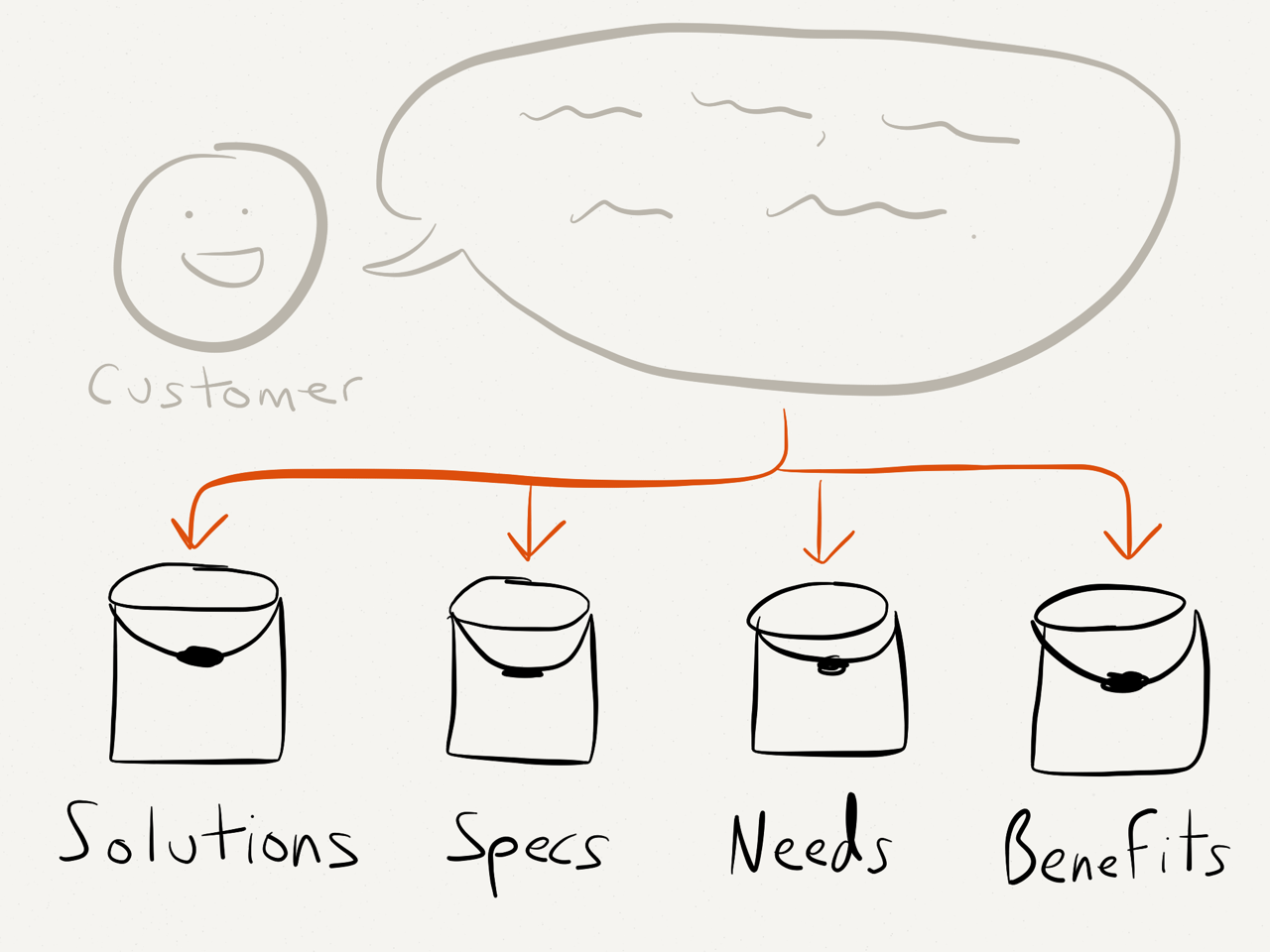Microsoft CEO Institutes Customer Visits
Nice little article in Quartz today about how Satya Nadella changed things for the better at Microsoft, including customer visits during executive retreats:
Another decision, not universally loved, was scheduling customer visits. “There was more than a little eye rolling and groaning,” Nadella reports. But the next morning, roughly 150 retreaters were split into groups and traveled together in vans to visit clients, including large and small businesses, schools, hospitals, and startups. Each van, Nadella says, carried one “nervous account manager” along with a cross-section of business leaders from a range of company departments, like marketing, engineering, and finance.
When they all regrouped for dinner back in the mountains, the employees were assigned tables within remixed groups, and were therefore not able to fall back into their regular circles and—let’s be honest— gripe. Instead, each person was asked to describe their day and discuss where they saw the company’s culture and where it should go. Nadella writes that he expected little engagement, more of a “let’s-get-this-over-with” attitude. “They’d be persnickety” he predicted. Instead, he claims, the conversations went long into the evening.
There’s something in human nature that makes it next to impossible to ignore the plight of your customer when you see it with your own two eyes. It doesn’t matter if the evidence is only anecdotal.




